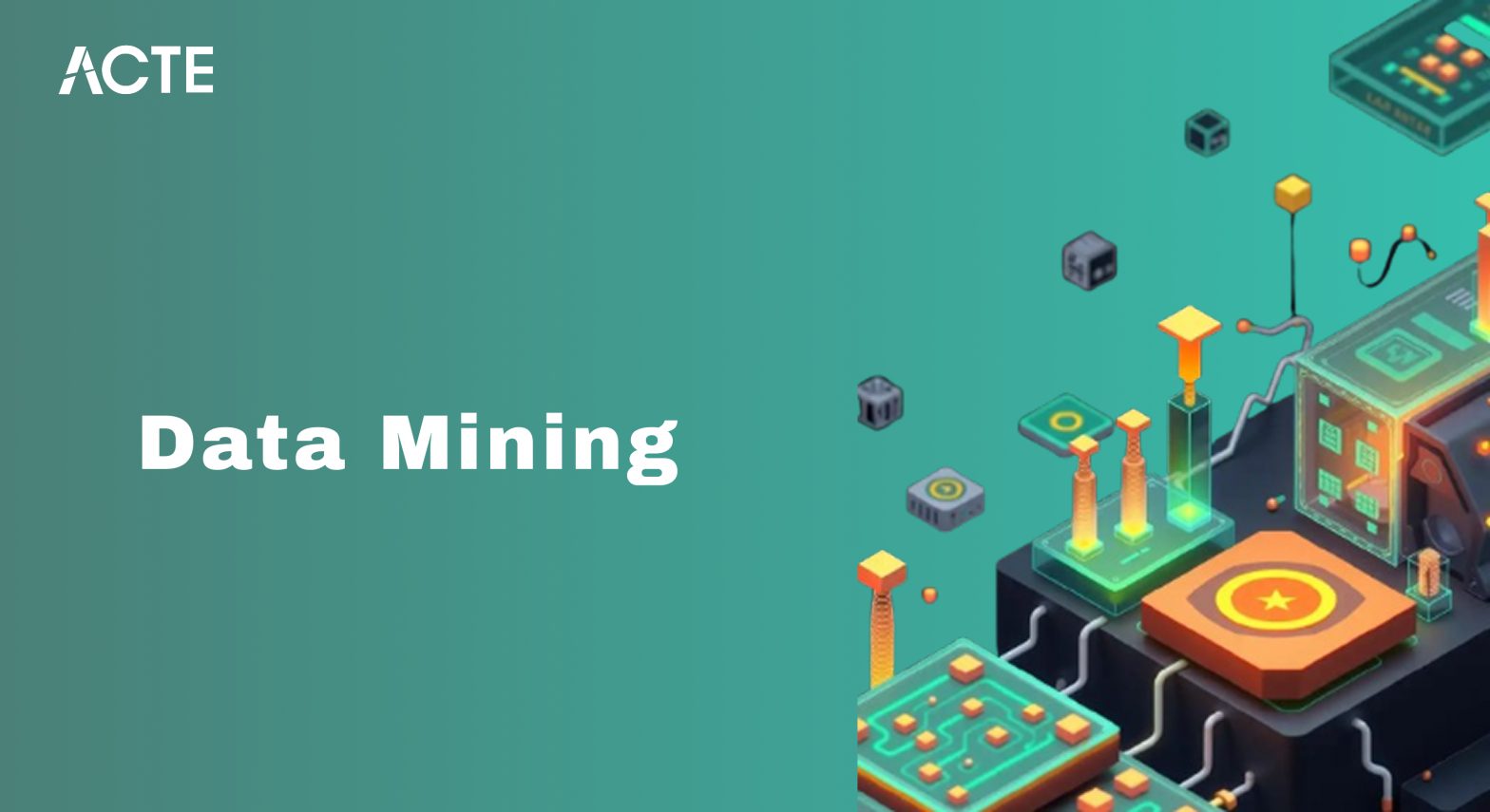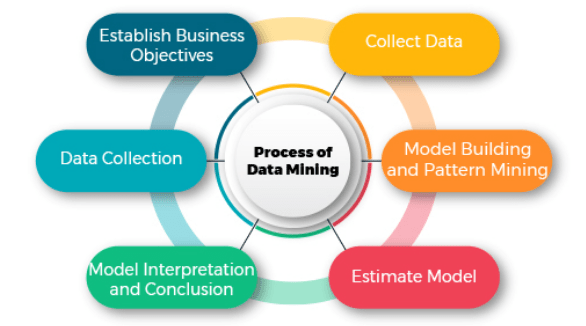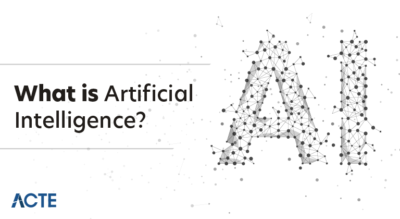
- Introduction to Data Mining
- Importance and Applications of Data Mining
- Data Mining Techniques and Algorithms
- Classification and Clustering in Data Mining
- Data Mining Process: Steps and Phases
- Tools and Technologies for Data Mining
- Data Mining in Business and Marketing
- Conclusion
Introduction to Data Mining
Data mining is the process of discovering patterns, correlations, and insights from large datasets using various statistical, machine learning, and AI techniques. It involves extracting meaningful information from raw data to aid decision-making, forecasting, and strategic planning across different industries. By analyzing massive volumes of data, organizations can uncover hidden trends, make accurate predictions, and optimize their operations. Data mining is a key component of data science and business intelligence, enabling businesses to use data to gain a competitive advantage. The ability to identify actionable insights through data mining helps businesses innovate, enhance customer experiences, and improve overall performance, especially when supported by Data Science Training. As data grows in volume, complexity, and diversity, the importance of data mining increases, especially for organizations looking to implement data-driven strategies and maintain a competitive edge. It allows companies to harness the power of data, transforming it into valuable knowledge that drives better decisions and fuels business success. The growing reliance on data mining emphasizes its critical role in helping organizations stay agile, responsive, and forward-thinking in today’s data-driven world.
Do You Want to Learn More About Data Scientists? Get Info From Our Data Science Course Training Today!
Importance and Applications of Data Mining
Data mining plays an essential role across various sectors, helping organizations derive actionable insights from large datasets. In business analytics, it identifies customer trends and aids in better decision-making, driving more informed strategies. In healthcare, data mining helps predict disease outbreaks and improve patient care by analyzing health data and trends, demonstrating the impact of What is Data Science in real-world applications. It also plays a critical role in fraud detection within banking and insurance, identifying unusual patterns to prevent fraudulent activities. In marketing and sales, data mining is used for customer segmentation, allowing companies to target specific groups for tailored advertising. E-commerce platforms utilize data mining to recommend products based on user behavior, enhancing the customer experience and boosting sales. Social media analysis leverages data mining to understand user preferences and online trends, shaping content and engagement strategies.

In scientific research, data mining is used to analyze complex datasets, leading to groundbreaking discoveries. In manufacturing, it improves production efficiency and ensures quality control by monitoring data in real time. Finally, in cybersecurity, data mining is vital for identifying vulnerabilities and preventing cyber threats, safeguarding digital assets and infrastructures. This broad array of applications demonstrates the versatility and importance of data mining across industries.
Data Mining Techniques and Algorithms
- Anomaly Detection: Identifies unusual patterns or outliers in data. This technique is commonly used in fraud detection, with algorithms like Isolation Forest and One-Class SVM.
- Neural Networks: Deep learning techniques that model complex patterns, often used for image recognition, speech recognition, and more.
- Classification: This technique assigns data to predefined categories based on past data. Algorithms like Decision Trees and Random Forest are widely used for classification tasks, such as spam email detection.
- Clustering: Clustering uses algorithms like K-Means and DBSCAN for customer segmentation, highlighting key differences in Big Data vs Data Science.
- Association Rule Learning: This technique identifies relationships between variables in large datasets. Algorithms like Apriori and Eclat are used for market basket analysis to find product combinations frequently bought together.
- Regression Analysis: Used to predict a continuous value, such as sales or price, based on independent variables. Linear Regression and Support Vector Regression are commonly used for forecasting.
- Dimensionality Reduction: Reduces the number of features while retaining important information. PCA (Principal Component Analysis) is frequently used for simplifying data before applying other techniques.
- Definition: Classification is a supervised learning technique where data is categorized into predefined classes, while clustering is an unsupervised technique that groups data based on similarities without predefined labels.
- Data Type: Classification requires labeled data for training the model, whereas clustering works with unlabeled data, skills that are valuable for Python Career Opportunities.
- Goal: The goal of classification is to predict the category of new data points, while clustering aims to discover inherent groupings or patterns in data.
- Algorithms for Classification: Common algorithms include Decision Trees, Support Vector Machines (SVM), and Naive Bayes.
- Algorithms for Clustering: Popular clustering algorithms include K-Means, DBSCAN, and Hierarchical Clustering.
- Output: Classification results in a specific class or category assignment, whereas clustering results in groups or clusters based on data similarity.
- Applications: Classification is used in spam detection, medical diagnosis, and fraud detection, while clustering is applied in customer segmentation, market analysis, and anomaly detection.
- R: A programming language and environment used for statistical computing and graphics, ideal for data mining and statistical analysis.
- Python: With libraries like Pandas, NumPy, and scikit-learn, Python is widely used for data analysis and implementing machine learning algorithms.
- SQL: Structured Query Language is crucial for querying databases and data extraction, complementing Top Reasons To Learn Python.
- SAS: A software suite for advanced analytics, business intelligence, and predictive modeling, widely used in industries like healthcare and finance.
- RapidMiner: A platform offering various data mining tools for machine learning, data preprocessing, and model deployment, useful for both beginners and experts.
- KNIME: An open-source platform for data analytics, machine learning, and data mining, providing a user-friendly graphical interface for complex tasks.
- Weka: A collection of machine learning algorithms for data mining tasks, providing an easy-to-use interface for model building and evaluation.
Would You Like to Know More About Data Science? Sign Up For Our Data Science Course Training Now!
Classification and Clustering in Data Mining

Data Mining Process: Steps and Phases
The data mining process involves several critical steps to transform raw data into valuable insights. It begins with data collection, where data is gathered from various sources such as databases, IoT devices, or online platforms. The next step is data preprocessing, which involves cleaning and transforming the data to ensure it’s ready for analysis. Data exploration follows, where analysts examine the dataset to understand patterns, distributions, and potential relationships within the data. Once the data is prepared, model building takes place, where machine learning algorithms are applied to identify trends and patterns, a core skill developed through Data Science Training. The model is then evaluated and validated using real-world data to test its accuracy. After validation, deployment involves integrating the insights gained from the model into business applications or decision-making processes. As the environment changes, monitoring and maintenance become essential, ensuring the model remains relevant as new data becomes available. Lastly, data interpretation helps translate findings into actionable strategies, driving informed decisions across the organization.
Are You Considering Pursuing a Master’s Degree in Data Science? Enroll in the Data Science Masters Course Today!
Tools and Technologies for Data Mining
Data Mining in Business and Marketing
Data mining plays a crucial role in business and marketing by providing valuable insights to improve strategies and enhance customer experiences. It helps businesses improve customer segmentation and targeting by analyzing customer behavior and preferences, allowing for more personalized marketing efforts. Optimizing pricing strategies becomes easier through the analysis of historical sales data, enabling companies to set competitive yet profitable prices. Data mining also enhances recommendation systems, offering customers personalized product or service suggestions based on their past interactions and preferences, a process that can be streamlined with Python Generators. By analyzing social media trends, companies can refine marketing campaigns, ensuring they resonate with target audiences and stay relevant. Furthermore, predicting customer churn allows businesses to take proactive steps to retain valuable customers by identifying at-risk individuals and offering tailored retention strategies. Data mining helps businesses forecast market demand and manage inventory efficiently, ensuring products are available when needed without excess stock. It also allows for the identification of seasonal sales trends, enabling companies to adjust their advertising budgets accordingly, maximizing the impact of marketing campaigns during peak seasons.
Want to Learn About Data Science? Explore Our Data Science Interview Questions & Answer Featuring the Most Frequently Asked Questions in Job Interviews.
Conclusion
Data mining is a powerful tool that enables organizations to extract valuable insights from vast and complex datasets. By applying advanced techniques and algorithms, businesses can enhance decision-making, improve operational efficiency, and provide more personalized customer experiences. It allows companies to uncover hidden patterns, forecast trends, and optimize strategies across various sectors, including marketing, healthcare, finance, and more. However, as data mining evolves, it is crucial to address ethical considerations, such as ensuring data privacy and avoiding biases in the analysis process, topics often emphasized in Data Science Training. Safeguarding sensitive information and adhering to regulatory standards are essential to maintaining trust and accountability. As technologies like AI, machine learning, and big data continue to advance, the potential of data mining will expand significantly. These innovations will empower organizations to unlock even deeper insights, further driving growth, improving competitiveness, and enhancing customer satisfaction. By balancing the power of data mining with ethical responsibility, businesses can maximize its benefits while minimizing risks.


